5 conclusions from the Vuelta a Espana
What we learned from this year's Spanish Grand Tour
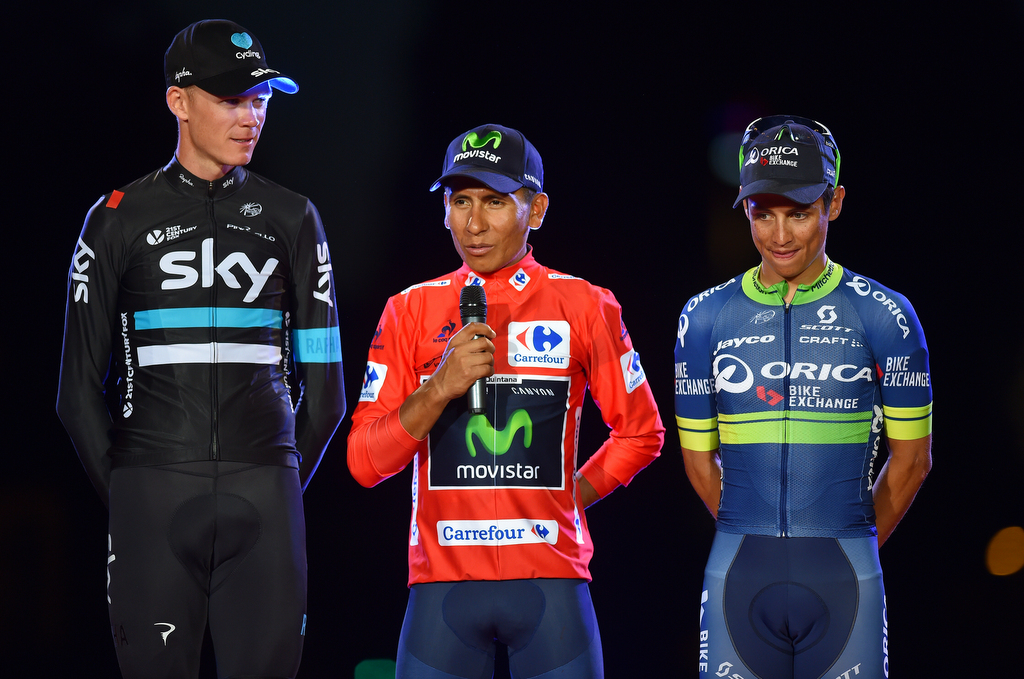
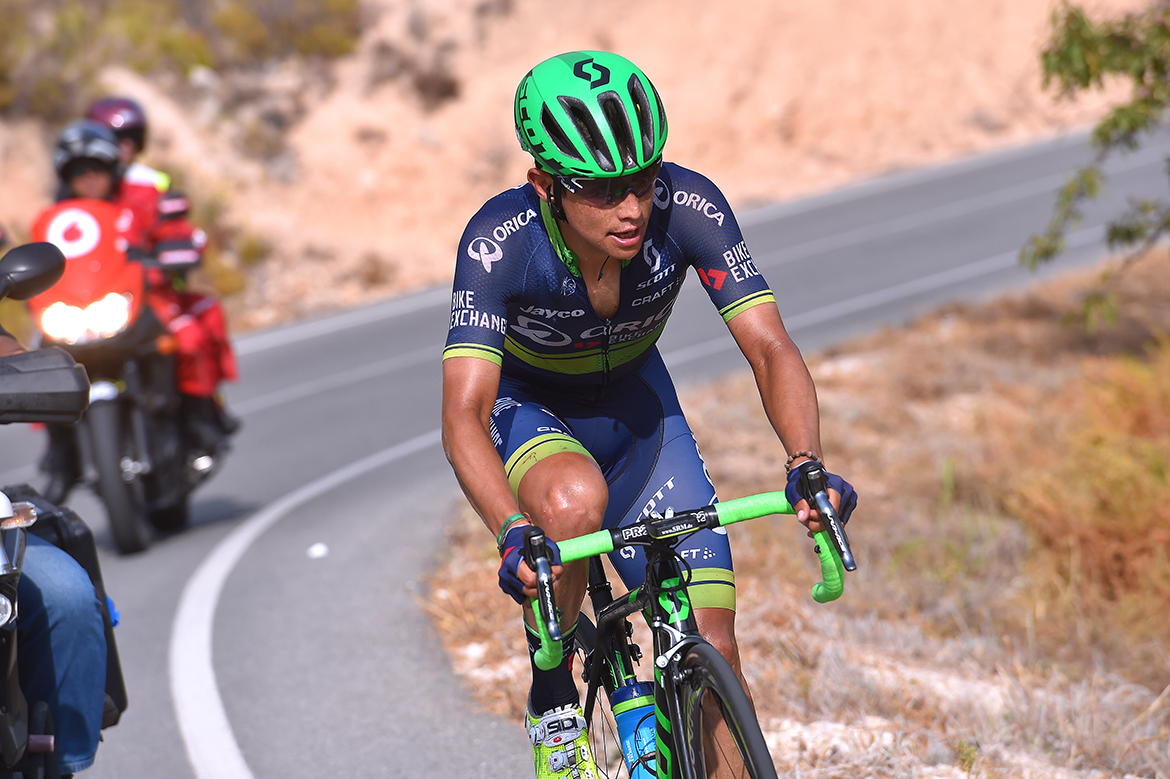
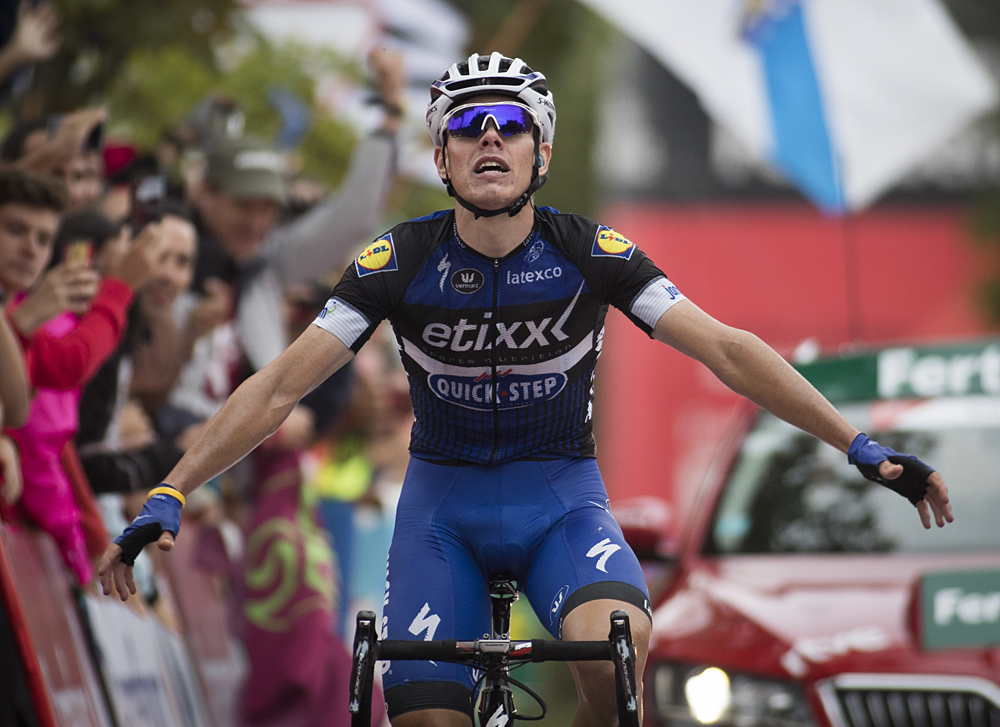
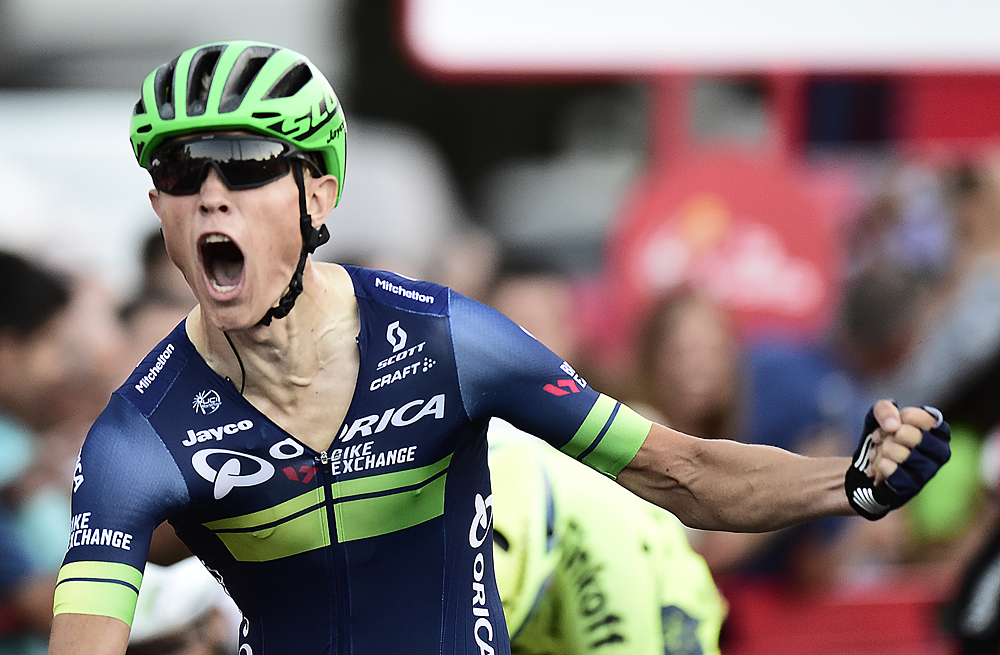
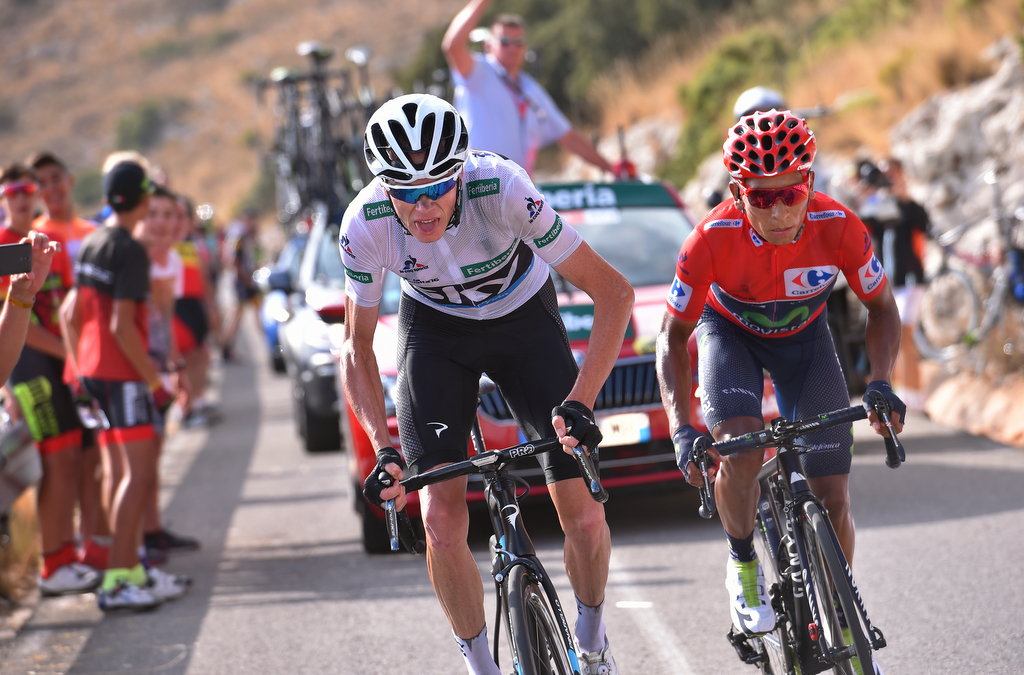
Quintana has Contador to thank
No one could possibly begrudge Nairo Quintana his victory at this Vuelta a España – the Colombian looked the strongest and most consistent rider in the race – but it might not have happened were it not for Alberto Contador.
It was the Spaniard who tore up the script on stage 15, rolling the dice and creating an extraordinary day-long break with Quintana and several others, putting Froome well and truly on the back foot. With the Tour de France champion shorn of teammates, the break stayed clear until the final climb, where Quintana gave it everything to maximise his gains.
By the line, he put 2:40 into Froome, some 1:19 greater than his overall victory margin. Even allowing for the difficulty in which Froome found himself on the climb, it's fair to say that's where the race was won. Had Froome and his teammates been more alert in the opening kilometres of the stage, he'd have ridden into the red jersey during the time trial and might well have won his first Vuelta.
Movistar have come in for a fair bit of criticism in recent years for their lack of ability – lack of willingness, some would argue – to take the fight to Sky and inflict real damage. Stage 15 served as a convincing riposte as they attacked Froome in the chase group to prevent his dropped teammates getting back on, and then disrupted his rhythm on the final climb.
They can't, however, claim full credit; without Contador the instigator, it would never have happened at all. (PF)
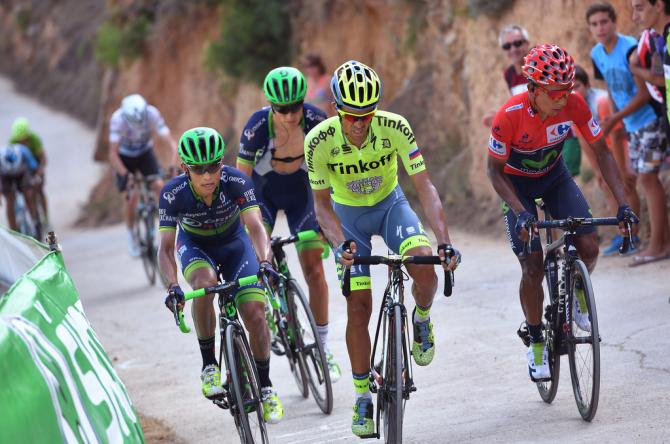
The yo-yo: Froome's Vuelta alter-ego
There seem to be two Chris Froomes in the current peloton. The Tour de France version – the heavily bodyguarded, control-freakish inflictor of devastating attacks – and the Vuelta a España version – aka the yo-yo.
In July, we're used to seeing Team Sky exert a vice-like grip on proceedings, using their strength in depth to kill off the challenge of their rivals. This was more evident than ever this year as Sky's unprecedentedly strong line-up allowed the team to effectively rest and rotate domestiques who might be leaders elsewhere. Amply supported, Froome has always ridden the Tour on the front foot, striking out on the first summit finishes of the race in 2013 and 2015, and getting inventive with the terrain to open up a lead this year.
Get The Leadout Newsletter
The latest race content, interviews, features, reviews and expert buying guides, direct to your inbox!
At the Vuelta, conversely, we regularly see Froome isolated and dropped by his rivals. We also, unlikely as it might seem, regularly see him clawing his way back into contention. This approach – a measured one, he'd argue – is not confined to the Vuelta, but that's where it has been most notably on display, with the 2014 series of tussles with Contador springing to mind. This year we saw him lose and regain contact with the favourites multiple times on Mas de la Costa, while his ride on Lagos de Covadonga – where he was dropped 9km from the finish but roared back through the field to take third on the stage – was nothing short of spectacular.
It is understandable that both styles exist – the Tour is the pinnacle of the season for Froome and Sky, while the Vuelta sees him with a (slightly) weaker team and hanging on to the last vestiges of his form – but the disparity is remarkable. (PF)
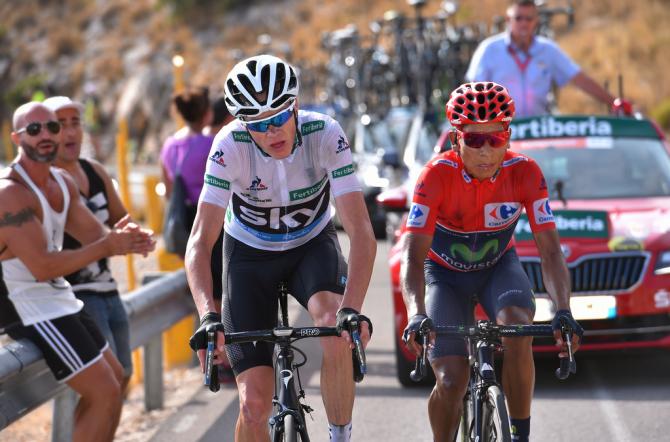
Chaves backs up his Giro d'Italia performance as Orica come of age
Since returning to racing at the start of 2013, Esteban Chaves has been quickly developing into a top level Grand Tour contender. Chaves came good on his potential earlier this season with his second place at the Giro d'Italia. It was a big moment for the 26-year-old who almost had his career ended by a crash in 2012.
His third place at the Vuelta a Espana last week proved that not only was he able to back that performance up but he was able to do so against an arguably stronger field. Chaves path to the podium was not an easy one and it involved wrestling it from three-time Vuelta a Espana Alberto Contador.
Orica-BikeExchange only really turned their full focus to the general classification riding this season but they have taken to it very well with Adam Yates' fourth place at the Tour de France to add to their list of successes. At the Vuelta, they had the card of Simon Yates to play alongside Chaves and they did it almost to perfection. The final day in the mountains required them to bridge a big gap and used the whole team to set it up. After the team set a strong pace on the front of the peloton, Damien Howson helped Chaves pull out a gap as Yates broke up the tempo behind.
With age very much on their side, the team's Vuelta a Espana performance shows that there is plenty more to come from Chaves and the Orica-BikeExchange team. (SO)
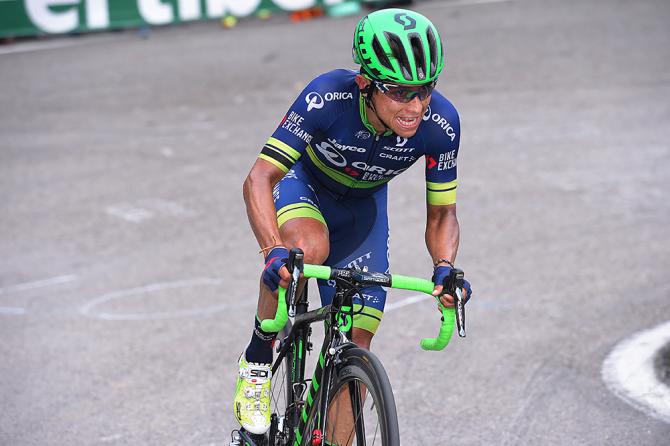
A race of firsts
The Vuelta a Espana has always had a high proportion of riders tasting Grand Tour success for the first time. Lengthy seasons and differing goals make the Spanish Grand Tour a perfect place to get your first taste of racing on that scale. In the past, Warren Barguil, Michael Matthews, Peter Sagan and Chris Froome all had their first stage win at a Grand Tour at the Vuelta.
This year's race was no different and, of the 17 riders that went on to take a stage win, a whopping 13 of those won a Grand Tour stage for the first time in their career, with some taking two. Etixx-QuickStep was at the forefront of that with three of their riders winning stages for the first time. Gianni Meersman kicked it off with two stage wins in the first week, followed by David de la Cruz's victory on Alto del Naranco, which gave him a spell in the red jersey.
Orica-BikeExchange might have been focusing on the general classification but Magnus Cort proved himself a talent for the future, winning two stages in the final week. With Matthews set to leave the team at the end of the season, the Dane looks ready to step into his big shoes. Jens Keukeleire also put a Grand Tour stage on his palmares in Orica-BikeExchange colours.
Valerio Conti (Lampre-Merida), Sergey Lagutin (Katusha), Lilian Calmejane (Direct Energie), Robert Gesink (LottoNL-Jumbo), Pierre Latour (AG2R-La Mondiale), Mathias Frank and Jonas van Genechten (IAM Cycling) and Jempy Drucker (BMC) were also among the new winners at this year's Vuelta. (SO)
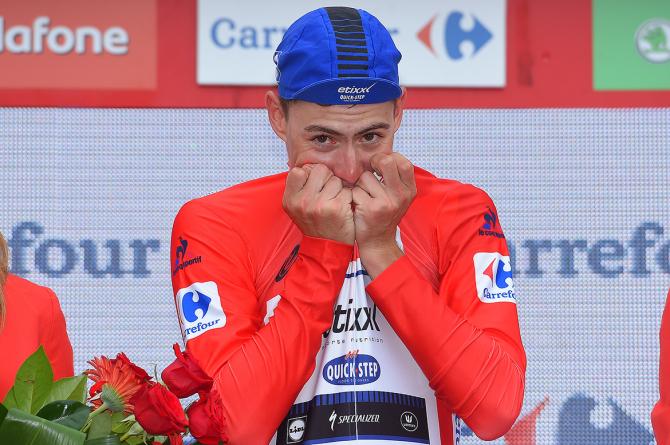
Route
There was a time, believe it or not, when the Vuelta was a largely flat affair. Nowadays, it seems to help itself to ever-more gluttonous servings of uphill finishes.
Over the past five years, there's has been an average of 9.6 of them – that's nearly half of the route. While this probably enhances the spectacle of the race, and therefore the television product, there are those who feel it's all a bit too much.
David Lopez, a Spaniard no less, argued that the peloton was "sick of going up these impossible climbs” after scaling the 22 per cent ramps of the Mas de la Costa. They're wanting [the Vuelta] to end, and to not have to return." While many riders, including Alejandro Valverde, lept to the race's defence, Tyler Farrar argued that the peloton was "at breaking point" and simply "riding from A to B" on some days.
With a series of dramatic showdowns between the big guns - often far less influenced by teammates than the Tour - and a race where tactical inventiveness largely paid dividends, we can probably say the route organisers got it right - even if the stage 13 go-slow and the time cut polemica were prices to be paid.
One thing most can agree on is that short mountain stages are brilliant. We'd already seen that on a breathless stage 16 of the Giro this year, while, conversely, Liège-Bastogne-Liège has taught us that spreading huge climbing workloads over long-distance parcours lends itself to attritional, rather than explosive, racing.
Stage 15 of the Vuelta, an 118km outing with a summit finish, blew the race apart with riding of the most aggressive, inventive, and tactically intriguing sort. It came the day after the 200km 'queen stage' – a spectacular 'shark-tooth' day on paper but whose first three Pyreneen cols were pretty much a waiting game ahead of the Aubisque – and the juxtaposition will hopefully have served as a nudge to Grand Tour route designers. (PF)
Born in Ireland to a cycling family and later moved to the Isle of Man, so there was no surprise when I got into the sport. Studied sports journalism at university before going on to do a Masters in sports broadcast. After university I spent three months interning at Eurosport, where I covered the Tour de France. In 2012 I started at Procycling Magazine, before becoming the deputy editor of Procycling Week. I then joined Cyclingnews, in December 2013.